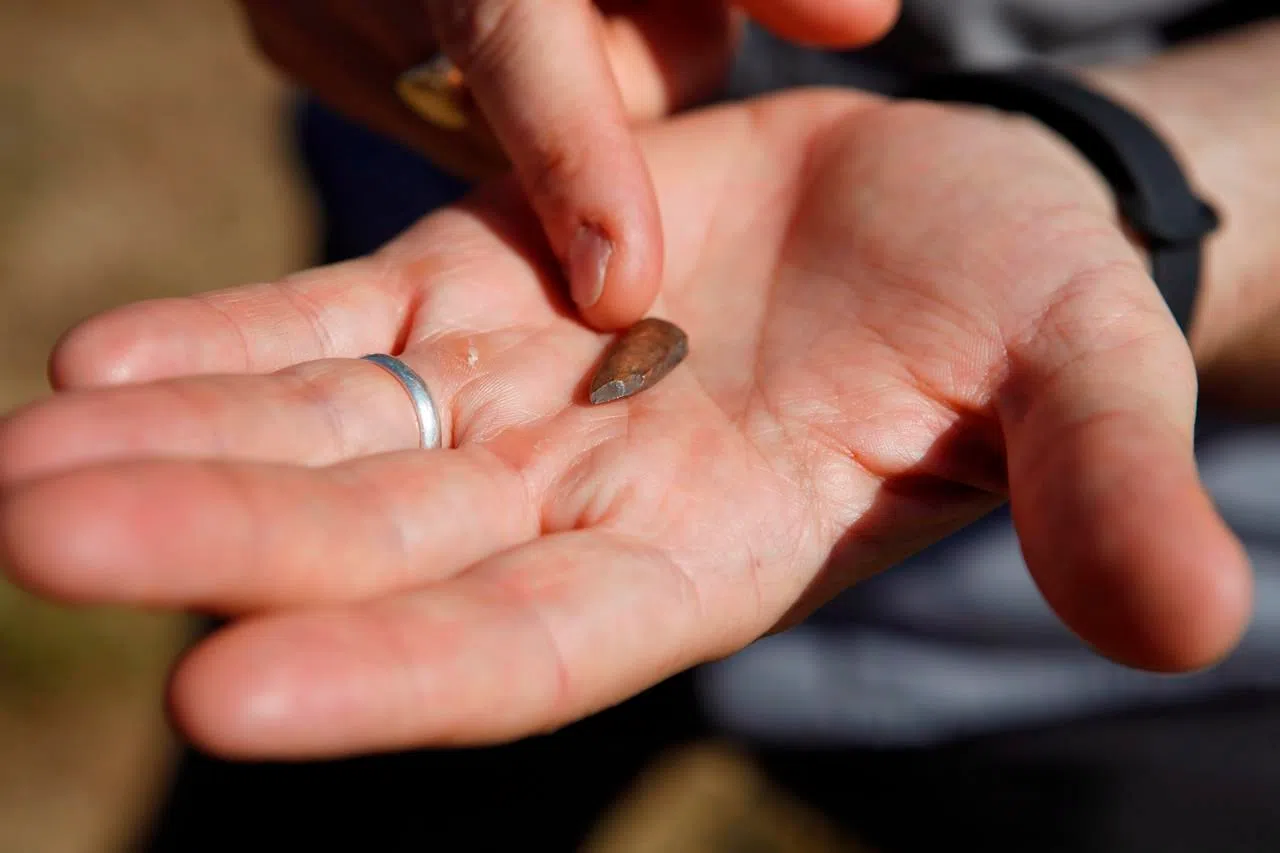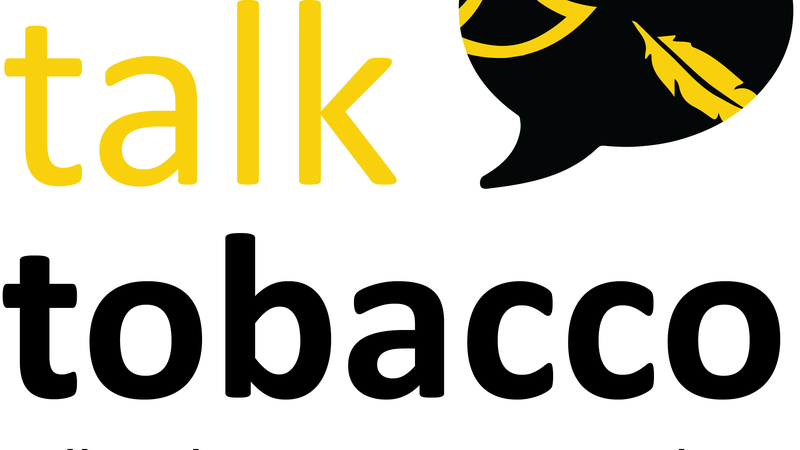
Ancient B.C. Indigenous settlement to become outdoor history classroom
NORTH COWICHAN, B.C. — Near the foot of sacred Mount Prevost where Indigenous people say their ancestors first landed on earth lays buried a 2,000-year-old settlement with archeological evidence of ancient tools, homes, hearths and grave sites.
The Ye’yumnuts village near Duncan, B.C., is about to become a living Indigenous history lesson where the local school district will use the 2.4-hectare meadow as a place-based classroom.
The area, bordered by 500-year-old Garry Oaks, the meandering Somenos Creek and upscale suburban homes, was slated for a private residential development in the 1990s. But work stopped with the discovery of dozens of human skeletons, some curled in fetal positions and included mothers and their children, archeologists said.
Two elementary schools and a middle school are within walking distance of the village site and the Cowichan Valley School District has plans for field trips and projects with the elders of the Cowichan Tribes to bring a sense of time, place and reality to Indigenous relations classes that are now part of the school curriculum.



